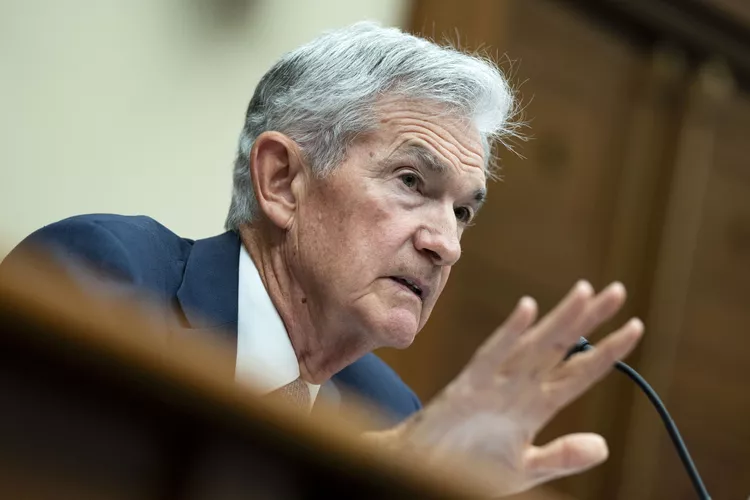The Federal Reserve is poised to deliver its first interest rate cut since 2020 next week, a move that consumers, businesses and investors alike have been eagerly awaiting.
The Federal Reserve is widely expected to lower its benchmark interest rate when it meets on Wednesday, marking the first rate cut in more than four years. This rate, which influences borrowing costs for mortgages, credit cards, and car loans, has been kept at its highest level in over two decades to curb spending and control inflation. With inflation now nearing pre-pandemic levels and signs of a cooling job market, the Fed is at a critical juncture as it prepares to make its first rate reduction since 2020.
Although Federal Reserve officials have strongly hinted that rate cuts are inevitable, the size of the initial cut remains uncertain. Financial markets and analysts have debated whether the Fed will opt for a more modest 0.25 percentage point reduction or a larger 0.50 percentage point cut. Recent economic data and comments from Fed officials suggest the central bank may take a cautious approach, favoring a smaller adjustment.
As Maxime Dermot, a senior economist at Allianz, explained, “In this environment, I don’t see why the Fed would make a drastic move by cutting rates by 50 basis points. There’s no rush.”
However, financial markets on Friday were split, with the CME Group’s FedWatch tool showing a nearly 50% chance of a half-point cut, reflecting uncertainty about the Fed’s approach.
The impending rate cut would end a period of high borrowing costs intended to tame inflation, which surged starting in 2021. Many consumers, businesses, and investors are eagerly anticipating the relief that a rate cut could bring after enduring increased borrowing costs since March 2022. The Fed’s aggressive rate hikes, which aimed to slow inflation by discouraging spending, raised costs on mortgages, credit cards, and business loans across the board.
Now, with inflation down to 2.5% as of July 2023, approaching the Fed’s target of 2%, there is growing optimism that inflation could fall even further in the coming months. Oxford Economics has forecast that inflation may reach the 2% target as early as September. At its peak in June 2022, inflation stood at 7.1%, driven by supply chain disruptions, strong consumer demand, and pandemic-related challenges. The high interest rates successfully helped slow price increases by dampening demand.
Yet, these high borrowing costs have also had a downside. Employers have been slower to hire, and the unemployment rate has ticked up, although it remains low by historical standards. This cooling of the labor market has caught the Fed’s attention, raising concerns that its efforts to control inflation may have negative consequences for employment.
Fed Chair Jerome Powell and other officials have acknowledged the progress made in controlling inflation but have expressed growing concern about the labor market’s softening. The Fed’s dual mandate requires it to keep both inflation and unemployment low, and the tension between these two objectives is becoming increasingly apparent.
While previous periods of aggressive rate hikes have led to recessions and higher unemployment, the current situation presents a rare scenario where inflation is being brought under control without a dramatic rise in joblessness. This outcome supports the Fed’s inflation-targeting approach, which some economists had criticized as too rigid. The belief in the Fed’s commitment to achieving 2% inflation has played a key role in shaping consumer and business expectations, reinforcing the effectiveness of its policies.
As the Fed prepares to announce its first rate cut since the COVID-19 pandemic, it faces critical decisions about the pace and scale of future cuts. The size of the initial cut, along with the central bank’s projections for future rate reductions, will signal how it plans to balance inflation control with economic growth in the months ahead.



